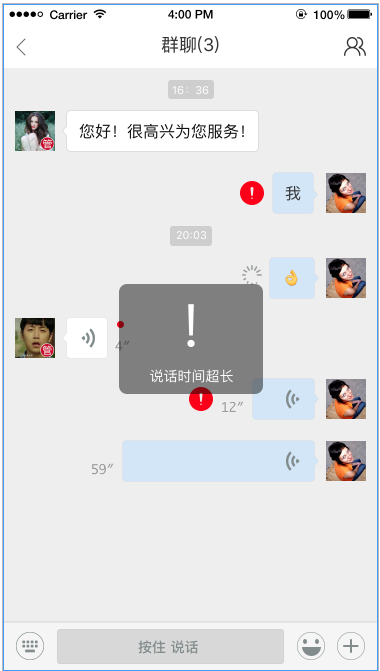We've got to access a web service that uses soap11... no problem I'll just set the binding as:
BasicHttpBinding wsBinding = new BasicHttpBinding(BasicHttpSecurityMode.TransportWithMessageCredential);
Nope. No dice. So I asked the host of the service why we're having authentication issues and he said that our config needed to have this custom binding:
<bindings>
<customBinding>
<binding name="lbinding">
<security authenticationMode="UserNameOverTransport"
messageSecurityVersion="WSSecurity11WSTrustFebruary2005WSSecureConversationFebruary2005WSSecurityPolicy11"
securityHeaderLayout="Strict"
includeTimestamp="false"
requireDerivedKeys="true"
keyEntropyMode="ServerEntropy">
</security>
<textMessageEncoding messageVersion="Soap11" />
<httpsTransport authenticationScheme ="Negotiate" requireClientCertificate ="false" realm =""/>
</binding>
</customBinding>
</bindings>
Only problem is we're creating our binding programmatically not via the config. So if someone could point me in the right direction in regards to changing my BasicHttpBinding into a custombinding that conforms to the .config value provided I'll give them a big shiny gold star for the day.
Solved it!
Here's the winning code for those who are in a similar predicament.
Uri epUri = new Uri(_serviceUri);
CustomBinding binding = new CustomBinding();
SecurityBindingElement sbe = SecurityBindingElement.CreateUserNameOverTransportBindingElement();
sbe.MessageSecurityVersion = MessageSecurityVersion.WSSecurity11WSTrustFebruary2005WSSecureConversationFebruary2005WSSecurityPolicy11;
sbe.SecurityHeaderLayout = SecurityHeaderLayout.Strict;
sbe.IncludeTimestamp = false;
sbe.SetKeyDerivation(true);
sbe.KeyEntropyMode = System.ServiceModel.Security.SecurityKeyEntropyMode.ServerEntropy;
binding.Elements.Add(sbe);
binding.Elements.Add(new TextMessageEncodingBindingElement(MessageVersion.Soap11, System.Text.Encoding.UTF8));
binding.Elements.Add(new HttpsTransportBindingElement());
EndpointAddress endPoint = new EndpointAddress(epUri);
@D. Forrest already found the solution, but a simple way to see what objects are involved for a given WCF configuration is to call .Endpoint.Binding.CreateBindingElements() on the client proxy you are using. You can the dump the object tree of each item in the list that is returned and see how the binding is configured.
You can use :
Uri epUri = new Uri("http://localhost/TestWCFService/Service.svc");
CustomBinding binding = new CustomBinding()
{
Name = "anyname",
ReceiveTimeout = new TimeSpan(0, 0, 10, 0, 0),
SendTimeout = new TimeSpan(0, 0, 10, 0, 0),
};
var element1 = new TextMessageEncodingBindingElement()
{
ReaderQuotas = new System.Xml.XmlDictionaryReaderQuotas()
{
MaxDepth = 2147483647,
MaxStringContentLength = 2147483647,
MaxArrayLength = 2147483647,
MaxBytesPerRead = 2147483647,
MaxNameTableCharCount = 2147483647
}
};
var element2 = new HttpsTransportBindingElement()
{
ManualAddressing = false,
MaxReceivedMessageSize = 2147483647,
AllowCookies = false,
AuthenticationScheme = System.Net.AuthenticationSchemes.Anonymous,
BypassProxyOnLocal = false,
MaxBufferSize = 2147483647,
ProxyAuthenticationScheme = System.Net.AuthenticationSchemes.Anonymous,
TransferMode = TransferMode.Buffered,
UseDefaultWebProxy = true
};
var element3 = new TextMessageEncodingBindingElement(MessageVersion.Soap11, System.Text.Encoding.UTF8);
binding.Elements.Add(element1);
binding.Elements.Add(element2);
binding.Elements.Add(element3);
//binding.Elements.Add(new HttpsTransportBindingElement());
EndpointAddress endPoint = new EndpointAddress(epUri);
var client = new ServiceClient(binding, endPoint);



